Instruction
How do LPGA Tour players hit their drives so straight?
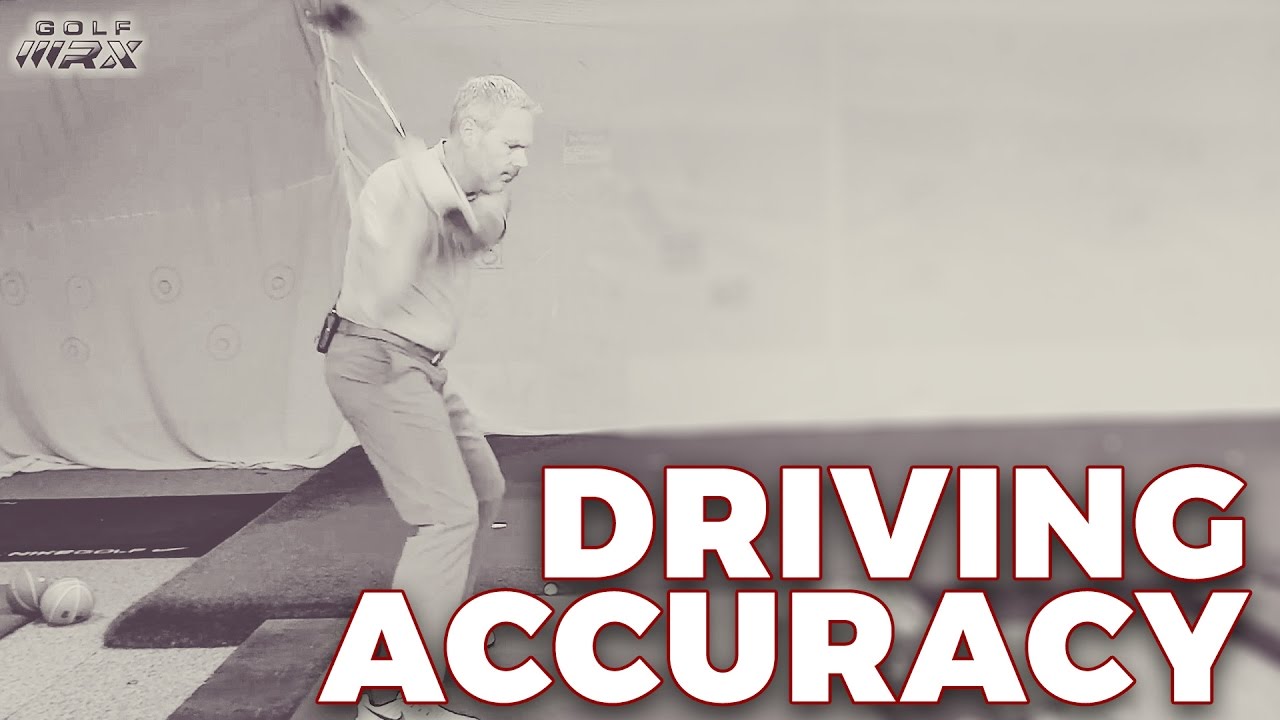
As a teacher, I have had the privilege of coaching both men and women golfers through the decades, and I’ve found that there are both similarities and significant differences in the approach to teaching golf to each gender.
When coaching male golfers, I often need to keep tabs on the amount of strain used in the swing, especially with the driver. On a scale of 1-10, the strain level used should be around 3-4 to get a velocity and compression of 7-8. Think about it as your second serve in tennis. Tom Watson was an expert at this.
When I ask my new male students to rate their level of strain, they often answer 8-10… and that is after I describe 10 as a separated rib (which, by the way, you see more often than you would think on the professional tours). Using this level of strain is the equivalent of flooring a race car on a wet track; there is a red line there for a reason! It’s the same with your body; you need to be aware of your limits.
Because men generally have more muscular density than women, they can take a golf club and yank it around like a big dog with a rag doll. This is generally not the case for women. They respond to the weight of the golf club and flow with it, rather than against it. As a result they develop better timing and rhythm in their swings, which leads to them hitting more fairways.
Like a lumber jack with a heavy axe, all golfers should learn to use the weight of the golf club to deliver the blow. Watch the video above to learn more.
- LIKE125
- LEGIT12
- WOW0
- LOL3
- IDHT0
- FLOP3
- OB5
- SHANK31
Instruction
Clement: Laid-off or perfect fade? Across-the-line or perfect draw?

Some call the image on the left laid off, but if you are hitting a fade, this could be a perfect backswing for it! Same for across the line for a draw! Stop racking your brain with perceived mistakes and simply match backswing to shot shape!
- LIKE0
- LEGIT0
- WOW0
- LOL0
- IDHT0
- FLOP0
- OB0
- SHANK1
Instruction
The Wedge Guy: The easiest-to-learn golf basic

My golf learning began with this simple fact – if you don’t have a fundamentally sound hold on the golf club, it is practically impossible for your body to execute a fundamentally sound golf swing. I’m still a big believer that the golf swing is much easier to execute if you begin with the proper hold on the club.
As you might imagine, I come into contact with hundreds of golfers of all skill levels. And it is very rare to see a good player with a bad hold on the golf club. There are some exceptions, for sure, but they are very few and very far between, and they typically have beat so many balls with their poor grip that they’ve found a way to work around it.
The reality of biophysics is that the body moves only in certain ways – and the particulars of the way you hold the golf club can totally prevent a sound swing motion that allows the club to release properly through the impact zone. The wonderful thing is that anyone can learn how to put a fundamentally sound hold on the golf club, and you can practice it anywhere your hands are not otherwise engaged, like watching TV or just sitting and relaxing.
Whether you prefer an overlap, interlock or full-finger (not baseball!) grip on the club, the same fundamentals apply. Here are the major grip faults I see most often, in the order of the frequency:
Mis-aligned hands
By this I mean that the palms of the two hands are not parallel to each other. Too many golfers have a weak left hand and strong right, or vice versa. The easiest way to learn how to hold the club with your palms aligned properly is to grip a plain wooden ruler or yardstick. It forces the hands to align properly and shows you how that feels. If you grip and re-grip a yardstick several times, then grip a club, you’ll see that the learning curve is almost immediate.
The position of the grip in the upper/left hand
I also observe many golfers who have the butt of the grip too far into the heel pad of the upper hand (the left hand for right-handed players). It’s amazing how much easier it is to release the club through the ball if even 1/4-1/2″ of the butt is beyond the left heel pad. Try this yourself to see what I mean. Swing the club freely with just your left hand and notice the difference in its release from when you hold it at the end of the grip, versus gripping down even a half inch.
To help you really understand how this works, go to the range and hit shots with your five-iron gripped down a full inch to make the club the same length as your seven-iron. You will probably see an amazing shot shape difference, and likely not see as much distance loss as you would expect.
Too much lower (right) hand on the club
It seems like almost all golfers of 8-10 handicap or higher have the club too far into the palm of the lower hand, because that feels “good” if you are trying to control the path of the clubhead to the ball. But the golf swing is not an effort to hit at the ball – it is a swing of the club. The proper hold on the club has the grip underneath the pad at the base of the fingers. This will likely feel “weak” to you — like you cannot control the club like that. EXACTLY. You should not be trying to control the club with your lower/master hand.
Gripping too tightly
Nearly all golfers hold the club too tightly, which tenses up the forearms and prevents a proper release of the club through impact. In order for the club to move back and through properly, you must feel that the club is controlled by the last three fingers of the upper hand, and the middle two fingers of the lower hand. If you engage your thumbs and forefingers in “holding” the club, the result will almost always be a grip that is too tight. Try this for yourself. Hold the club in your upper hand only, and squeeze firmly with just the last three fingers, with the forefinger and thumb off the club entirely. You have good control, but your forearms are not tense. Then begin to squeeze down with your thumb and forefinger and observe the tensing of the entire forearm. This is the way we are made, so the key to preventing tenseness in the arms is to hold the club very lightly with the “pinchers” — the thumbs and forefingers.
So, those are what I believe are the four fundamentals of a good grip. Anyone can learn them in their home or office very quickly. There is no easier way to improve your ball striking consistency and add distance than giving more attention to the way you hold the golf club.
More from the Wedge Guy
- The Wedge Guy: Golf mastery begins with your wedge game
- The Wedge Guy: Why golf is 20 times harder than brain surgery
- The Wedge Guy: Musings on the golf ball rollback
- LIKE86
- LEGIT13
- WOW6
- LOL1
- IDHT0
- FLOP4
- OB1
- SHANK8
Instruction
Clement: Stop ripping off your swing with this drill!

Not the dreaded headcover under the armpit drill! As if your body is defective and can’t function by itself! Have you seen how incredible the human machine is with all the incredible feats of agility all kinds of athletes are accomplishing? You think your body is so defective (the good Lord is laughing his head off at you) that it needs a headcover tucked under the armpit so you can swing like T-Rex?
- LIKE0
- LEGIT2
- WOW2
- LOL0
- IDHT0
- FLOP0
- OB0
- SHANK2
-

 19th Hole2 weeks ago
19th Hole2 weeks agoDave Portnoy places monstrous outright bet for the 2024 Masters
-

 19th Hole3 days ago
19th Hole3 days agoJustin Thomas on the equipment choice of Scottie Scheffler that he thinks is ‘weird’
-

 19th Hole2 weeks ago
19th Hole2 weeks agoTiger Woods arrives at 2024 Masters equipped with a putter that may surprise you
-

 19th Hole3 days ago
19th Hole3 days ago‘Absolutely crazy’ – Major champ lays into Patrick Cantlay over his decision on final hole of RBC Heritage
-

 19th Hole2 weeks ago
19th Hole2 weeks agoTwo star names reportedly blanked Jon Rahm all week at the Masters
-

 19th Hole1 week ago
19th Hole1 week agoReport: LIV Golf identifies latest star name they hope to sign to breakaway tour
-

 19th Hole1 week ago
19th Hole1 week agoNeal Shipley presser ends in awkward fashion after reporter claims Tiger handed him note on 8th fairway
-

 19th Hole1 week ago
19th Hole1 week agoBrandel Chamblee has ‘no doubt’ who started the McIlroy/LIV rumor and why








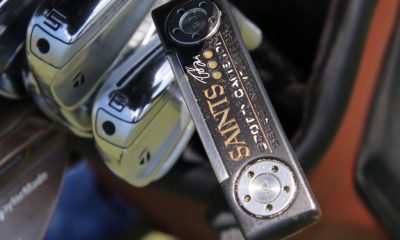

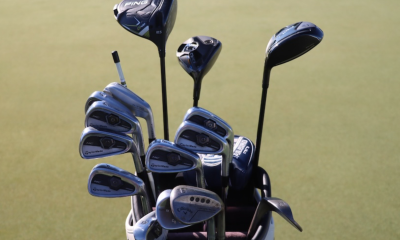

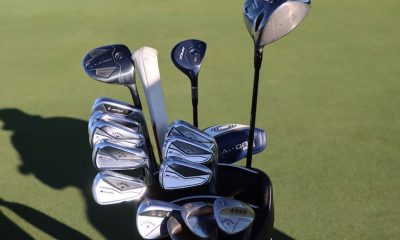

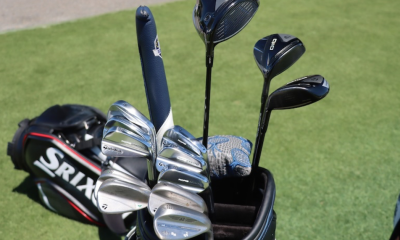

OW
Mar 18, 2017 at 3:41 am
Shawn, thank you very much for the Driver lesson. I’m looking forward to the long iron/fwy lesson. I’m a ~10 hp golfer and hit my mid and long irons decent, but struggle with fairway woods from the turf. I’d really like to see a lesson on fwy’s from the turf. Thank you.
Wrong
Mar 16, 2017 at 8:37 pm
With no disrespect at ALL to the women on the LPGA tour, they are sharp and incredibly talented and could beat most everyone from any tee box…but the reason the women hit it straighter is because they swing way slower. Its simple math. Who has the potential to hit it more crooked, the 22 year old who carries it 330, or the 75 year old who nukes his driver 200? Clearly the latter. Also, next time you go to a tough golf course play it from three tees up from the tips. 99% of courses lose their intimidation factor off the tee box when your tees are so forward. You are closer to the fairway, don’t have gorse or valleys to carry, and it’s just a more comfortable shot to hit. So yeah….when you’re swinging your driver at 95 MPH it’s pretty hard to put too much gnarly side spin or block / pull it off the planet. Plus the tee boxes are relatively stress free from a mental stand point. Again, the women on the LPGA tour are incredibly talented, and once off the tee box it squares up with with the guys. But it goes without saying that they play an easier game off the tee box.
Ian Muir
Mar 17, 2017 at 1:27 pm
The LPGA tournaments are not played from three tees up as you say – they typically play 6,800 yard tracks which will be akin to longer courses than you play in the monthly medal. This week in China at Mission Hills it’s 7,300 yards and they’re still shooting 65s.
The rationale about women’s golf at the elite level is misunderstood (my daughter is 16 years old and plays off +3 and carries her drives 255 on the fly…270 with run-out most typically yet averages 67 around a 6,100 ladies course /6,990 men’s course). Like all elite ladies/girls she thinks her way around and uses the right clubs to yardages which she knows like a pro. She can beat me (and I’m off +1 handicap) playing off level from the men’s tips more often than I beat her.
Amateur men (that’s not the elite variety but you and your mates) typically try to emulate Dustin or Rory as it’s all about swagger. You’ll think you hit your irons farther than you actually do and you don’t course-manage very well at all. It’s quite simple really, it’s not all about distance. My nephew is 20 years younger than me and averages 320 yards off the tee with driver (with a 3 handicap) but despite being 40 yards past me most times never wins even when in receipt of 5 shots. Why? Because he tries to power his irons and rarely hits better than 40% GIR…I manage 70% GIR and therein lies the difference. Wake up and realise it’s not all about distance off the tee or hitting your 56* wedge 140 yards.
Andrew Cooper
Mar 18, 2017 at 12:16 pm
Trackman tour data: LPGA average driver carry distance 218 yards v PGA Tour average 275 yards. Swing speed averages LPGA 94mph and PGA Tour 113mph.
LPGA courses set up on average between 6200 and 6600 yards.
Dale Doback
Mar 18, 2017 at 2:55 pm
The ANA Inspiration at Mission Hills had several tee boxes forward of where I had to play a golf channel am tour event at 6400 yards. It was a phenomenal event but the course was setup around 6500 yards for a MAJOR. If you are correct Ian Muir, which I know for a fact you are not and if the LPGA played a course at 7300 yards Inbee Park would need 3 shots to reach every par 4 since she carries the ball around 210 yards. Thats awesome your Daughter can drive it 260 yards that will put her near top in distance on the LPGA and still dead last on the PGA Tour and Senior PGA tour. LPGA players are more accurate because they are about 60 yards shorter on average. You can hit the ball much further offline and still hit fairway the shorter you hit it.
http://blog.trackmangolf.com/trackman-average-tour-stats/
setter02
Mar 20, 2017 at 9:17 am
Stopped reading after you talked about the yardages they play from, not even close. Please don’t think that what the card says is what they play, even more so in wet weather where the Ladies get no roll. Then you’ll see some events played at or below 6300 yards. Typically sub 6500, and even when they announce 6500, its usually below that.
Guia
Mar 16, 2017 at 7:34 pm
Want to hit it straight???? Straight back, straight through.
Jerry
Mar 16, 2017 at 6:25 pm
Rubbish. PGA tour clubhead speed stats show average and max clubhead speed within a few mph of each other. Gotta go after it to generate speed. Swinging easy is a bandaid for other swing flaws. Additionally with less distance you’ll pick up phony accuracy due to the geometry of a shot. The same percentage offline miss at 250 in the first cut is in the trees at 310.
Patricknorm
Mar 16, 2017 at 7:36 pm
I don’t think you understood what the writer said. There is a point of diminishing return when swinging a golf club, specifically a driver. Most pros will tell you they swing at about 80% because they want to be under control. Occasionally they swing harder but nothing near 100%. That’s reckless , especially if this is the way you earn income. Besides, if pros swung at or near 100% all the time their careers would be very short because of injuries or….too many missed cuts.
Watching the Arnold Palmer Invitation today, Frank Nobilo pointed out that Brandt Snedeker was hooking the ball too much because he was swinging too hard. Like I said before, there is a point of diminishing return. That was what the author was trying to say.
Shawn Clement
Mar 18, 2017 at 2:02 am
Awesome Patrick! Exactly what I meant!! Thank you!
Bobby Bigshlawng
Mar 20, 2017 at 5:14 am
Whenever I have a driver in my hand I am going after it…when I do connect and hit a bomb..it makes me feel like I have a big Johnson
Alex
Mar 16, 2017 at 4:05 pm
This method of creating speed works for you because you’re about 7 feet tall with a 10-foot wingspan. How about for those of us with short limbs and height?
Ian
Mar 17, 2017 at 6:47 am
Swing wild. That old saying of “You gotta lose control to gain control”.
Shawn Clement
Mar 19, 2017 at 10:45 pm
Lol; dude, I am only 6 feet 10!
????
Golfwhiler
Mar 16, 2017 at 2:57 pm
The point matches up to experience. Speed and accuracy are at a nexus. Try hammering a nail. If you want to hit the nail dead center on the head with the middle of the hammer, the slower you swing the hammer the more accurate.
Next, try hitting the nail with as fast as swing as possible. The chance of controlling swing path and therefore accuracy will diminish. For one thing, you’ll have to grip the hammer more firmly the faster you swing to compensate for centrifugal force pulling the club out of your hand.
Tighter grip means tighter forearms and bigger muscle groups taking over. These are strength muscles and not fine motor skill muscles. This all translates into less control of swing path and face to path which factor into where the club face meets the ball. The latter are what determines accuracy to target.
Course management involves knowing what your maximum driver distance off the tee is with enough accuracy to have a decent line into the layup or the green. My bet is that most casual golfers would do better on par 5s hitting 3w, 6i, 7i, W and two putting for bogey than Driver, two shots out of the trees, 3w, 7i, W and two putt for a triple.
larrybud
Mar 16, 2017 at 1:45 pm
I’m not sold on the assumption. You need to measure “straightness” by degrees off line with similar swing speeds. If I hit it 230 off the tee and am 5 degrees offline, (which is 20 yards from center), and I “straighter” than if I hit it 330 off the tee and 4 degrees offline, which is 23 yards from center?
Obviously if you hit it farther, it will go more offline with the same degrees of inaccuracy.
Dj
Mar 16, 2017 at 12:23 pm
It seems that the women with higher swing speeds have the same issue of being a bit more inaccurate. Might be something to be said about new equipment and slower swing speeds to go along with their tempo and rhythm